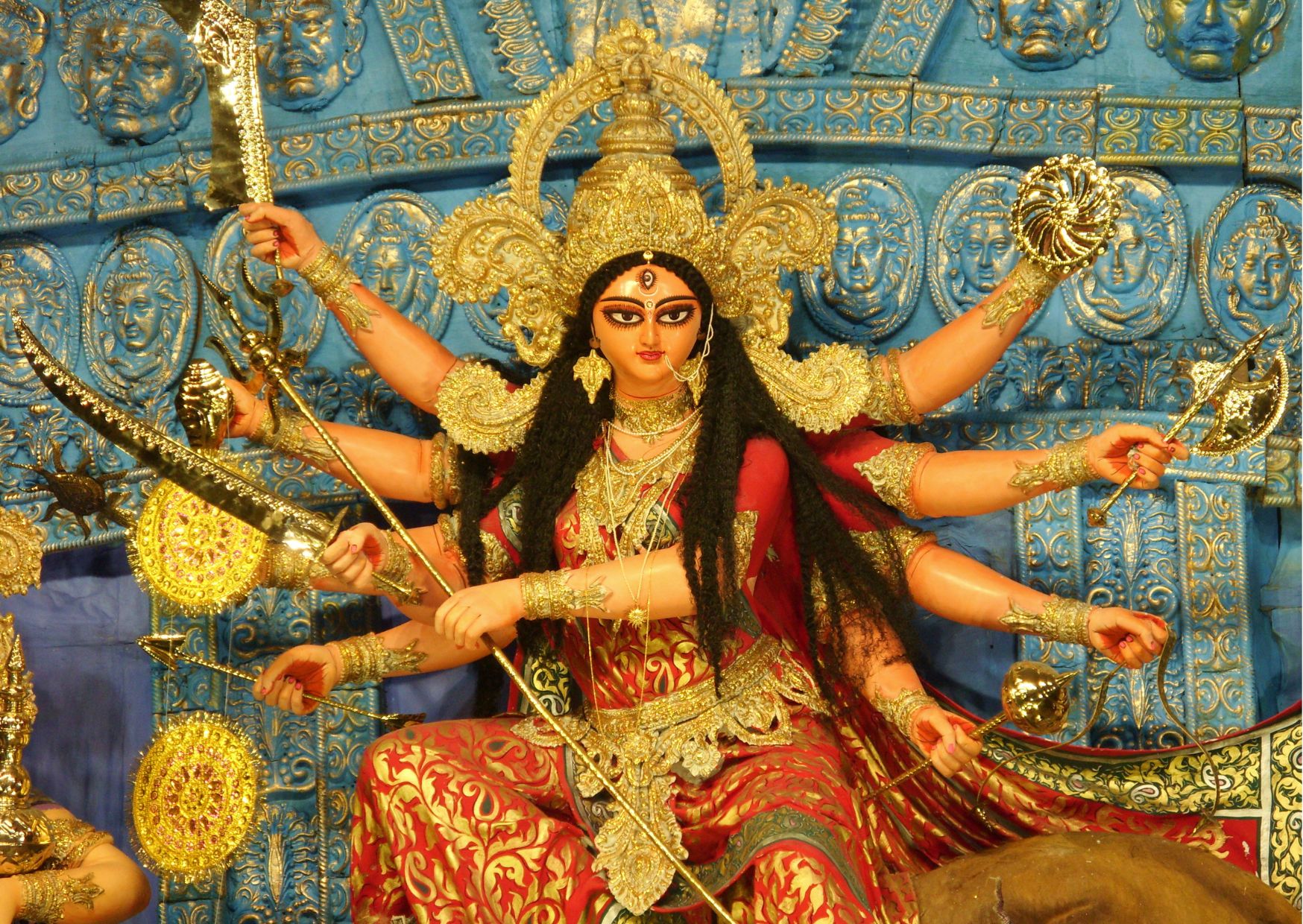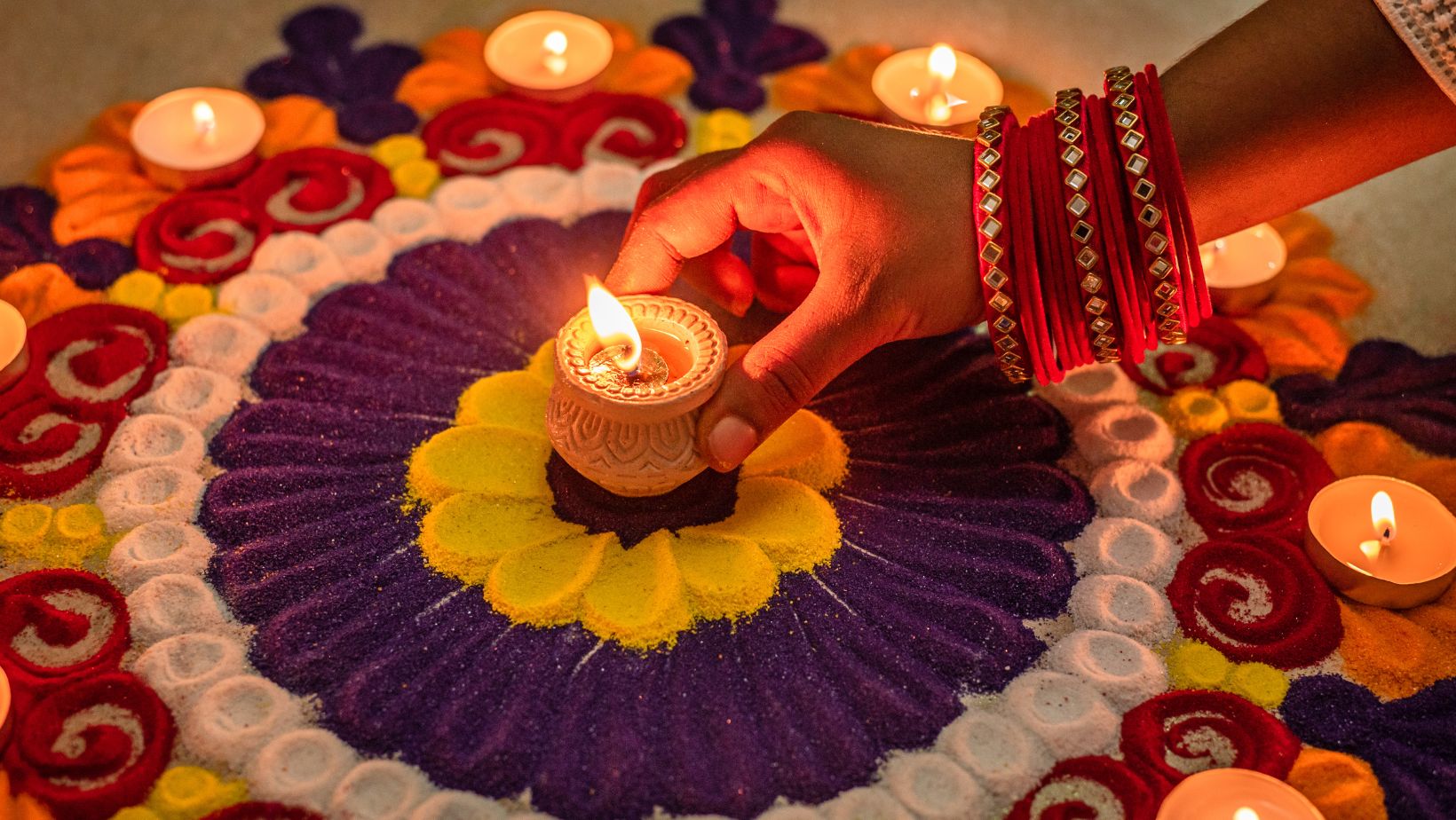'The Rama and Kevat' episode from ‘Vaideheesha Vilaasa’; the spellbinding Ramayana by Odia Kavi Samrat Upendra Bhanja
Upendra Bhanja was a renowned 17 century Odia poet and one of the greatest Odissi music composers of all time.
As per Adhyatma Ramayana, after the deliverance of Ahalya, Rishi Vishvamitra led Rama and Lakshmana to Mithila ruled by Janaka of that period. There they approached a kevat (boatman) for crossing the river. The kevat said that without washing Rama’s feet he would not allow him on his boat.
A rumour had reached his ears. The very dust of Rama's feet had turned a stone into a woman. If the same dust turned his boat into a woman then he would have no means of taking care of his family! He hence requested to wash Rama’s feet. Rama extended his feet to kevat who with all the love in him, began to wash them. The very touch of the feet of Rama fills him with divine joy and peace. This moving episode has been depicted in the following stanzas.
क्षालयामि तव पादपङ्कजं नाथ दारुदृषदोः किमन्तरम् ।
मानुषीकरणचूर्णमस्ति ते पादयोरिति कथा प्रथीयसी ॥
पादाम्बुजं ते विमलं हि कृत्वा पश्चात्परं तीरमहं नयामि ।
नो चेत्तरी सद्युवती मलेन स्याच्चेद्विभो विद्धि कुटुम्बहानिः ॥
kṣālayāmi tava pādapaṅkajaṃ nātha dārudṛṣadoḥ kimantaram .
mānuṣīkaraṇacūrṇamasti te pādayoriti kathā prathīyasī ..
pādāmbujaṃ te vimalaṃ hi kṛtvā paścātparaṃ tīramahaṃ nayāmi .
no cettarī sadyuvatī malena syāccedvibho viddhi kuṭumbahāniḥ ..
- Adhyatma Ramayana Balakanda, 6, 3-4
O Bhagavan, let me wash your lotus-feet. What difference indeed is there between stone and wood? The dust from your feet having the miraculous power to convert anything into a human being is well-known. Therefore, only after cleaning your feet, I will allow you to get into the boat for crossing the river. Or else my boat might turn into a woman and this will bring great loss to my family.
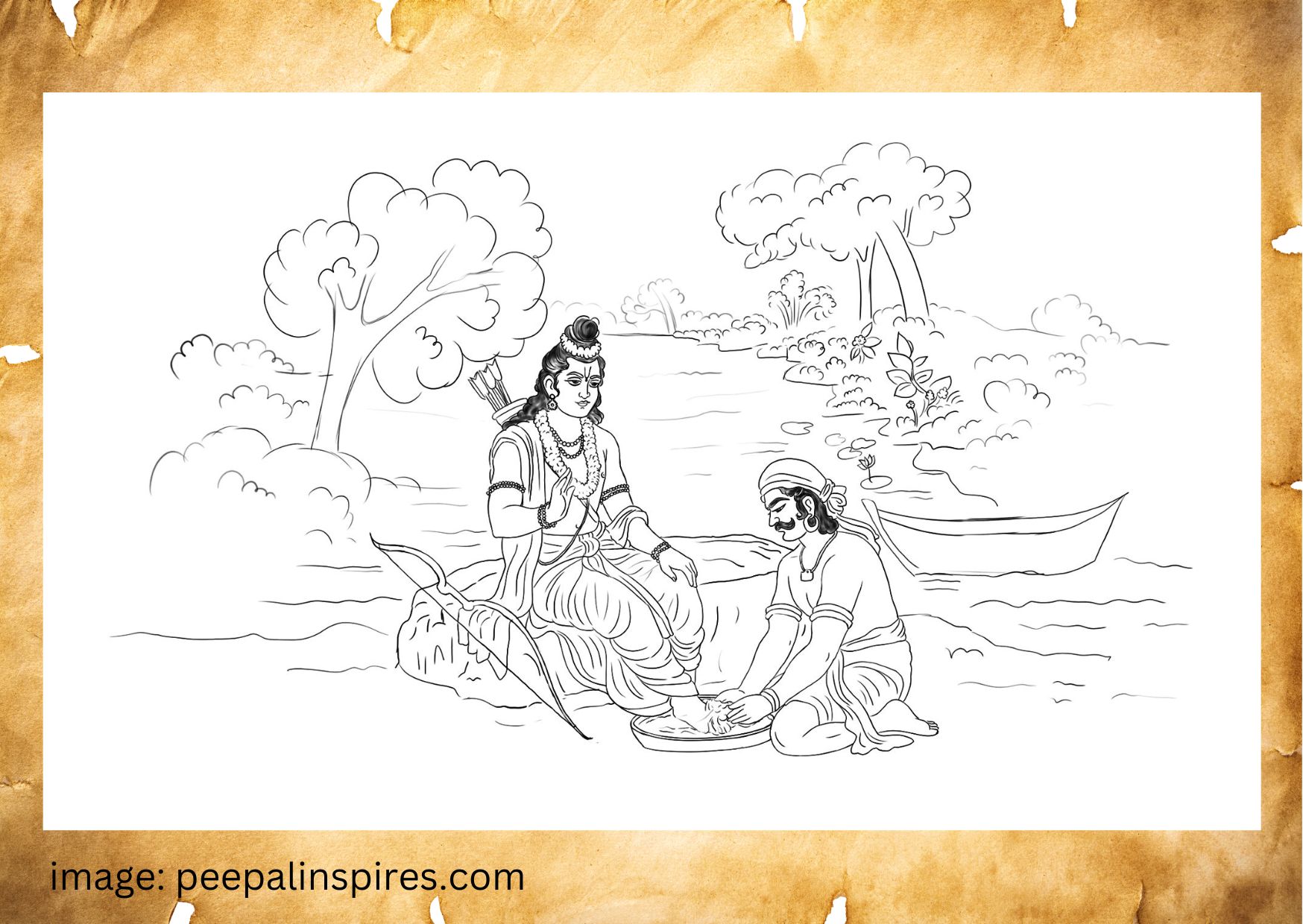
The purpose of this write-up is to show how beautifully Kavi Samrat Upendra Bhanja of Odisha has crafted the above episode from Adhyatma Ramayana in his epic poem ‘Vaideheesha Vilaasa’. He depicts the story of Rama in an elegant and unique style.
Note: Though the story of Ahalya turning into a stone is not to be found in the Valmiki Ramayana yet the story is made famous all over in the popular retelling of the legend in the later literary works. Also, Shri Ramcharitmanas mentions the meeting of Rama with the boatman occurring during his vanvaas. However, in the Adhyatma Ramayana, the episode is mentioned right after Rama meets Ahalya.
Kavi Samrat Upendra Bhanja
Upendra Bhanja was a renowned 17 century Odia poet and one of the greatest Odissi music composers of all time. He has composed around 52 books of which only 22 are survive today. (https://en.wikipedia.org/wiki/Upendra_Bhanja)
Perhaps one of the brightest among the galaxy of world poets, his compositions are rich in all poetic elements. They fill the heart and mind with a grandeur that one finds in the works of great Sanskrit poets like Magha, Bharavi, Kalidasa and others. The master poet that he is, he like the Sanskrit poet Magha, has exhausted all vocabularies in his single composition Vaideheesha Vilaasa - the life story of Rama. This is the magnum opus of Kavi Samrat has 52 cantos and 2724 stanzas all beginning with the sound 'ba' (in Odia both va and ba are represented by ‘ba’).
Kavi Samrat Upendra Bhanja referred to the ferryman as dheevara (dhee - intellect, vara - great) as he knew who Rama was. So, he deliberately did not ‘hear’ Rama when he requested to take them to the other side of Ganga.
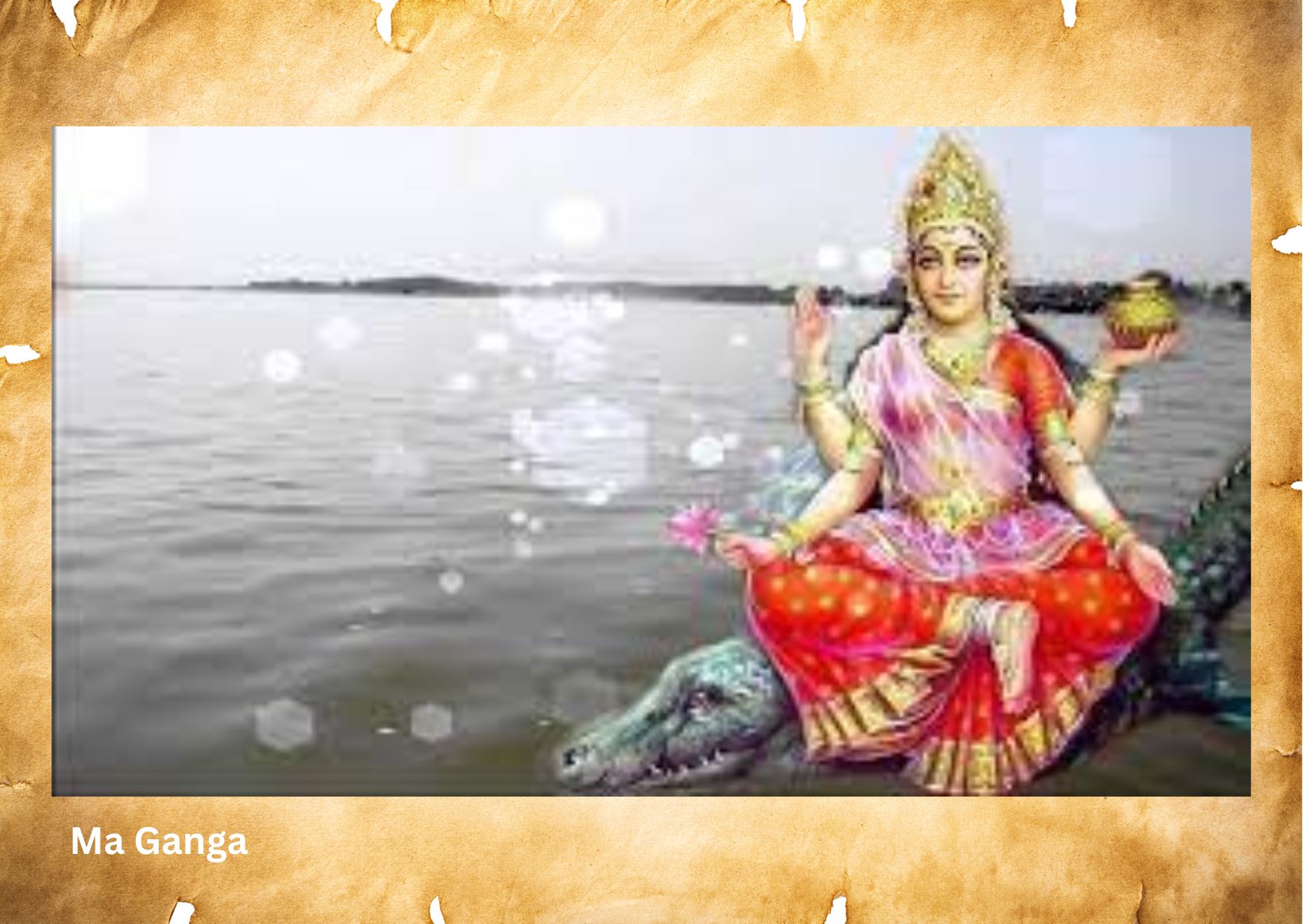
The way Upendra Bhanja narrates this scene is extraordinarily beautiful and captivating. The first stanza of Upendra Bhanja is as follows:
ବିଷ୍ଣୁ ପଦୀ ବିଷ୍ଣୁ ପଦ ଇକାର ଭେଦ ଶବଦ
ତରଣିରେ ଗତାଗତ ତହିଁ ଉଚିତ
ବିଶାରଦ ସେ ସାମନ୍ତ ମତ୍ତରେ ଦାସ ସେବିତ
ଡ଼ାକୁ ନ ଶୁଣନ୍ତେ ରଘୁନାଥ କଥିତ,
ବିଷଧର ପ୍ରାୟେକ ତୁହି
ବେଳେ ନେତ୍ର ଢାଳି ଶୁଣ ଉଦାର ନୋହି ।
biṣṇu padī biṣṇu pada ikāra bheda śabada
taraṇire gatāgata tahim̐ ucita
biśārada se sāmanta mattare dāsa sebita
r̤āku na śuṇante raghunātha kathita,
biṣadhara prāẏeka tuhi
bel̤e netra ḍhāl̤i śuṇa udāra nohi .
Ganga is known as Vishnupadi as it emerges from the feet of Vishnu. The sky is called Vishnupada as in his Vamana avatara (incarnation), the entire sky was covered by one of his feet (when Bali gave him the sky in daanam).
The difference between the two (Vishnupadi and Vishnupada) is just an 'i' maatraa. Both in Ganga and in the sky move 'tarani' : referring to a boat and the sun respectively. And now the situation is such that Vishnu himself in his Rama avatara needs to use a boat to cross the Ganga that has emerged from his own feet.
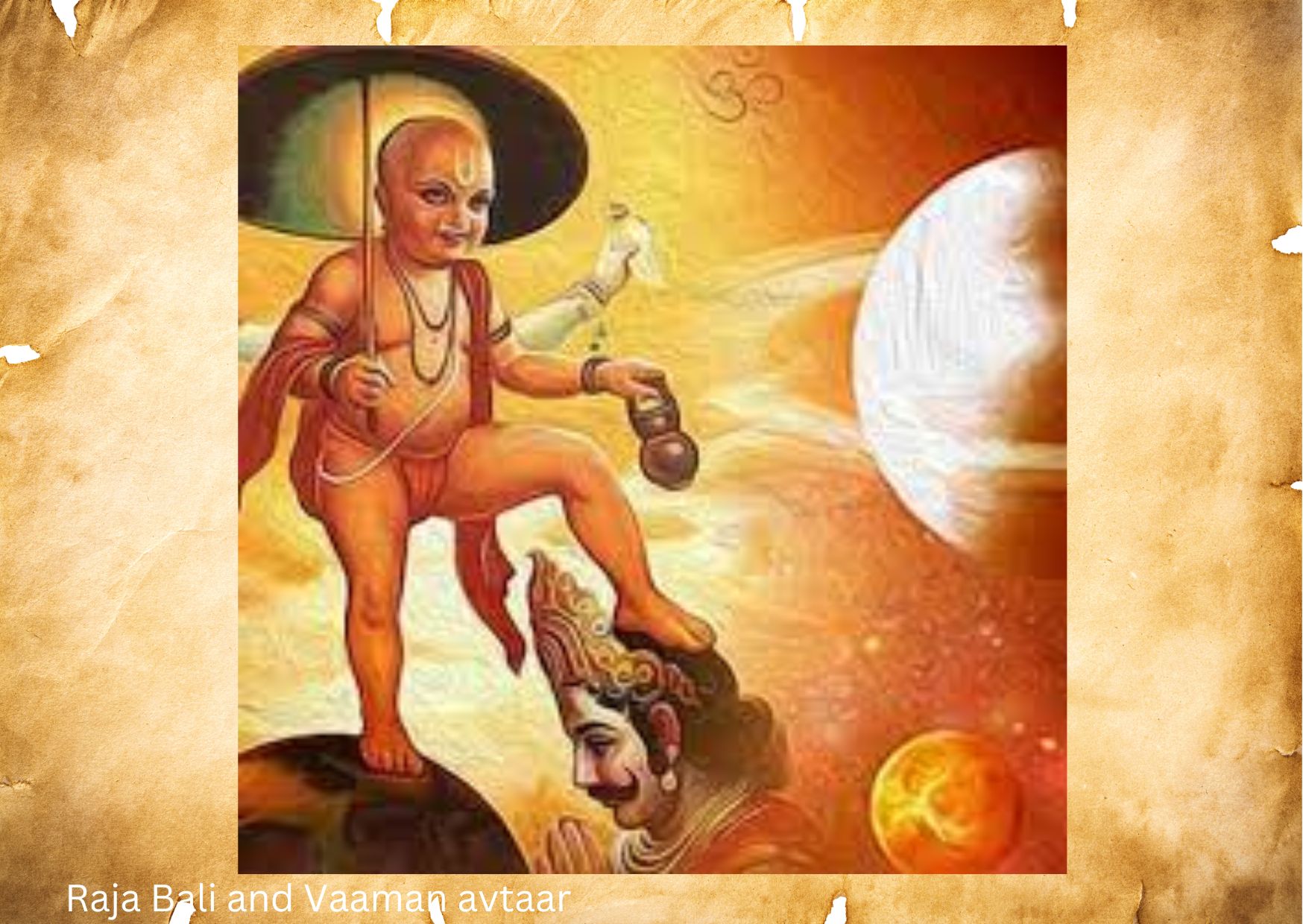
When Vishvamitra, Rama and Lakshmana reached the bank of Ganga, the ferryman dheevara (one with great intellect) knowingly did not pay any attention to the request of Rama. This is where Rama says to 'dheevara' gently- ‘Are you deaf? Are you without ears like that of a snake? If so then do look at us and use your eyes to understand what we say like that of a snake who listens through eyes only."
To this the dheevara replied by saying the following words:
ବଧିର ନୁହଇ ବୀର ବୋଇଲା ତହୁଁ ଧୀବର
ଶୁଣିଲିଣି ପଥରେ ପଥର ଅବଳା
ବାଲି ପଡ଼ି ତୋ ଚରଣୁ ଆଶଙ୍କା ଉପୁଜେ ଏଣୁ
ନଉକା ନାୟିକା ହେଲେ ବୁଡିବ ଭେଳା
ବୃତ୍ତି ଏ ମୋ ପୋଷେ କୁଟୁମ୍ବ
ବସାଇ ନ ଦେବି ପାଦ ନ ଧୋଇ ନାବ ।
badhira nuhaï bīra boilā tahum̐ dhībara
śuṇiliṇi pathare pathara abal̤ā
bāli par̤i to caraṇu āśaṅkā upuje eṇu
naükā nāẏikā hele buḍiba bhel̤ā
bṛtti e mo poṣe kuṭumba
basāi na debi pāda na dhoi nāba .
"O courageous one, I am not deaf. I have heard that a piece of rock got transformed into a woman by the mere touch of the dust from your feet. I am afraid, if my boat turns to a woman by the very touch of the dust from your feet, then how will I take care of my family? It is with this in mind that I am sitting quietly and thinking not to allow you to step into the boat without first washing your feet."
Do we think that the kevat really believed that his boat would turn into a woman? Of course not. He knew the greatness of Rama… How could he then miss this golden opportunity of washing his feet?
Even Brahma, Rudra Indra and all other gods look forward to having a touch of his feet. The yogis and tapasvis spend lives after lives doing sadhana to have a darshan of him who now is just standing before the ferryman. Could any wise man (dhee-vara) miss this?
ବଢାଇ ଦେଲେ ପୟର ଭାବଗ୍ରାହୀ ରଘୁବୀର
ପୟରେ କ୍ଷାଳିତ କରି ବସନେ ପୋଛି
ବ୍ରହ୍ମାରେ ଧୌତ ଯେ ପଦ ନୋହିଛି ଶିବେ ବିଷାଦ
ନ ପାଇ ଚରଣାମୃତ ପାନକୁ ଇଛି
ବିଜ୍ଞାନୀ କୈବର୍ତ୍ତ ଧୋଇଲା
ବିଶ୍ଵେ ପତିତପାବନ ନାମ ରହିଲା।
baḍhāi dele paẏara bhābagrāhī raghubīra
paẏare kṣāl̤ita kari basane pochi
brahmāre dhauta ye pada nohichi śibe biṣāda
na pāi caraṇāmṛta pānaku ichi
bijñānī kaibartta dhoilā
biśve patitapābana nāma rahilā.
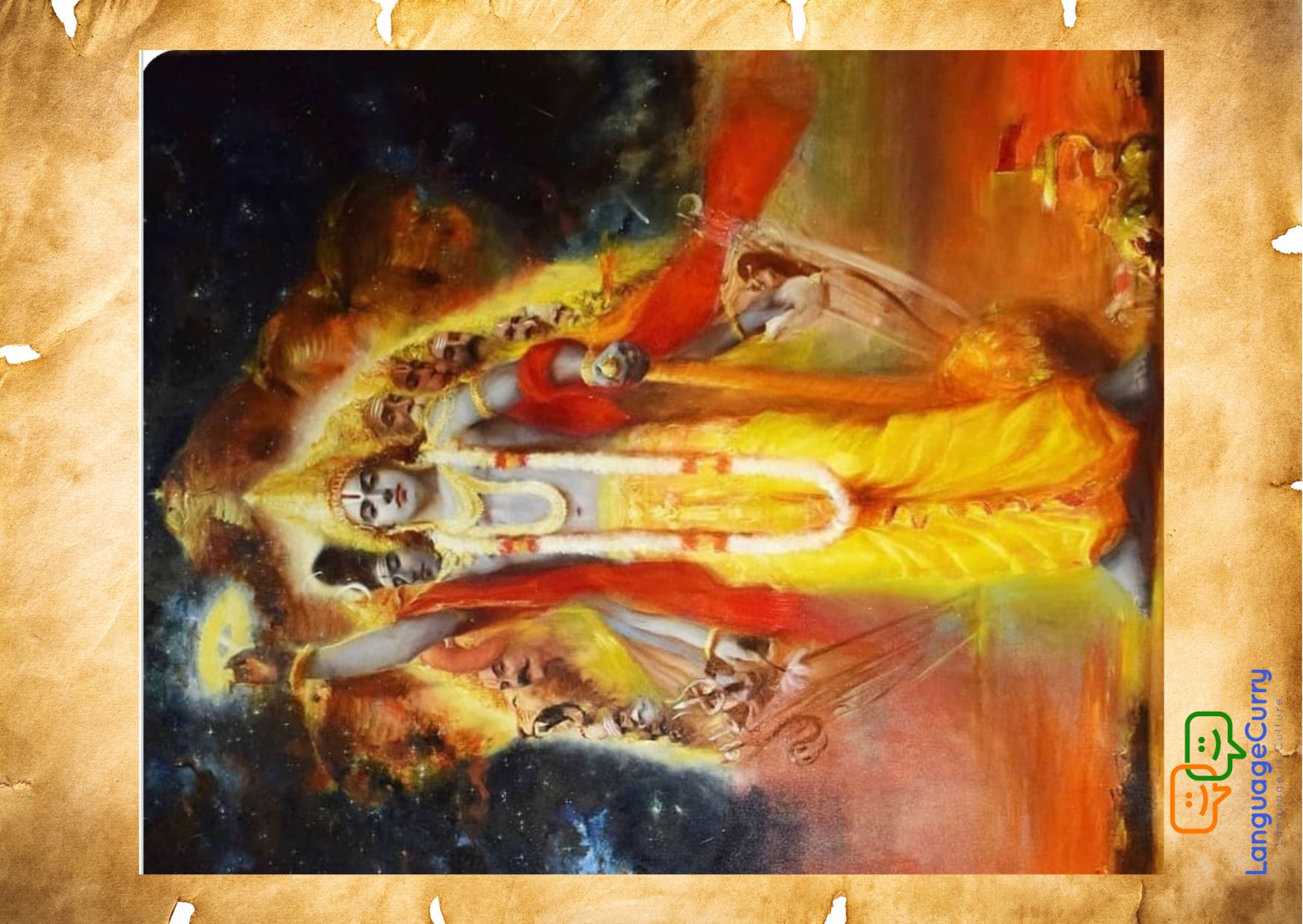
The bhaavagraahi Rama, the warrior-hero of the Raghu dynasty who knows the heart and mind of all, had sensed the bhaava (emotions and devotion) of the ferryman and with all his compassion extended his feet. He then wiped the wet feet with the cloth that he had on his shoulder. The feet which Brahma once washed, and Shiva wishes to do so but felt sad for not getting the opportunity, those lotus-like feet were washed by the ferryman. The wish of the ferryman for receiving the charanaamrita (the water touched by the feet of God) was fulfilled. The dheevara now has become vijnaani, the one who got the touch of the supreme Divinity and experienced the supreme divine consciousness.
Rama is indeed patita-paavana - the protector of the fallen and of those who have taken refuge in him. He never fails the one who with all sincerity seeks to be in his presence.
Like the rock transformed to Ahalya by the touch of Rama, the same way the two stanzas of Adhyatma Ramayana gained more beauty and charm by the touch of Upendra Bhanja's grand poetic spirit and were transformed into greater poetic delight. This is rare in any other literature dealing with the same topic. In the hand of Kavi Samrat, the scene is made into an immortal example of intense devotion and transformation. Anytime one reads or sings these stanzas or looks at an Odishi dance performance of this scene, they’re transported into a meditative state of pure devotion.
Let me conclude with a Sanskrit verse composed by Late Jayakrishna Mishra who pays homage to Kavi Samrat Upendra Bhanja in which he says:
हे जन्मभूमिवरभूषण भञ्जवीर
साहित्यनन्दनवनोज्ज्वलपारिजात।
वागर्थशुद्धसुरसान्वितसद्विभा ते
मोहान्धतामसमिहाशु निराकरोतु॥
he janmabhūmivarabhūṣaṇa bhañjavīra
sāhityanandanavanojjvalapārijāta.
vāgarthaśuddhasurasānvitasadvibhā te
mohāndhatāmasamihāśu nirākarotu..
Hail O Kavi Samrat! You greatly adorn this land of your birth. You are the celestial flowering tree (parijata) in the divine grove (nandanavana) of poetry. May your brilliance endowed with the pure and elegant combination of word and sense, dispel the darkness and delusion covering the beauty and charm of poetry.
– – – –
View the true story of Devi Ahalya and when Shri Rama bowed to her.

.jpg)
